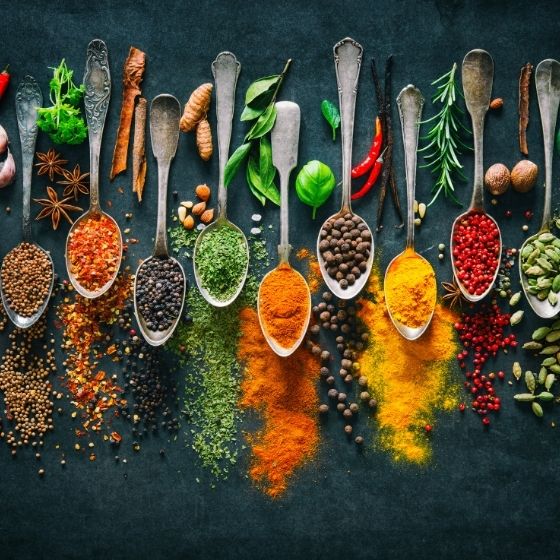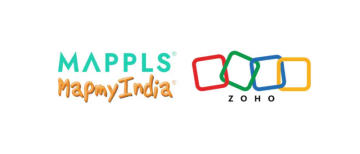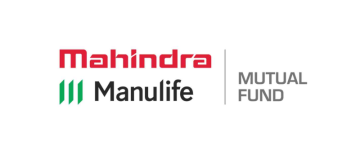Spice Wars: When seasoning becomes a seasoned debate. India's proactive measures against Ethylene Oxide contamination stir up international flavor.
The Food Safety and Standards Authority of India (FSSAI) has taken proactive measures following the sales ban imposed by Hong Kong and Singapore on Indian spices, targeting renowned brands such as MDH and Everest.

New Detection Methodology
-
Introduction of New Detection Method by FSSAI:
- FSSAI, in response to the ban on spices containing Ethylene Oxide, has introduced a more accurate method for detecting this carcinogenic chemical.
- The new method, validated by the ICAR-National Research Centre For Grapes, promises enhanced precision in identifying Ethylene Oxide in spices.
- It's noteworthy that this method isn't limited to products intended for export but also extends to domestically consumed spices.
-
India's Engagement with the Codex Committee on Spices and Culinary Herbs (CCSCH):
- India's active participation in the Codex Committee on Spices and Culinary Herbs reflects its commitment to international standards.
- By advocating for limits on Ethylene Oxide usage in spices, India aims to safeguard consumer health and ensure fair trade practices.
- The proposal to finalize standards for Ethylene Oxide testing demonstrates India's proactive stance on global food safety norms.
-
Initiatives by the Spices Board India:
- The Spices Board India has taken decisive steps to uphold the safety and quality of Indian spice exports, particularly in regions affected by the sales ban.
- This initiative gains significance in light of recent scrutiny faced by Indian spice giants such as Everest and MDH.
- The actions taken by Singapore and Hong Kong further underscore the importance of stringent quality control measures to mitigate health risks associated with Ethylene Oxide contamination

What Is Ethylene Oxide?
The recent ban on Indian spices in Hong Kong and Singapore revolves around Ethylene Oxide, a chemical utilized for disinfecting spices. However, due to its carcinogenic nature, it has raised concerns. Ethylene oxide is classified as a Group 1 carcinogen by the International Agency for Research on Cancer, indicating sufficient evidence of its potential to cause cancer in humans.
Singapore, in a press release explaining its decision, acknowledged that ethylene oxide is permitted for spice sterilization but emphasized the need to minimize exposure to this substance. While low levels of ethylene oxide in food pose no immediate risk, prolonged exposure could lead to health issues. Singapore further clarified that ethylene oxide is not authorized for use in food within its jurisdiction.

New Zealand looking into Indian spice brands over contamination
-
Initiation of Probe:
- New Zealand's food safety authority is investigating potential contamination in spice products from leading Indian brands MDH and Everest.
- Concerns were raised following probes initiated by the United States, Australia, and Hong Kong due to suspicions of high levels of ethylene oxide, a carcinogenic pesticide.
-
Global Concerns:
- The United States, Australia, and Hong Kong have initiated probes into MDH and Everest products.
- Singapore has ordered a recall of Everest spice mixes amidst concerns.
-
Acknowledgment by New Zealand Regulator:
- New Zealand Food Safety regulator acknowledged overseas recalls.
- Highlighted ethylene oxide's carcinogenic nature and its phased-out status for food sterilization.
- Acting deputy director general, Jenny Bishop, affirmed the investigation due to the availability of MDH and Everest spices in New Zealand.
-
Indian Regulators' Response:
- Indian regulators have conducted inspections and sent samples from MDH and Everest plants for testing.
- Results of these tests are pending.
-
Global Distribution of MDH and Everest Products:
- MDH and Everest, renowned brands in India, export their products worldwide.
- Export destinations include the United States, Europe, Southeast Asia, the Middle East, and Australia.
-
FDA Rejection Data:
- Analysis of U.S. Food and Drug Administration data revealed MDH's average rejection rate of 14.5% for its U.S. shipments since 2021.
- Rejections were primarily due to the presence of salmonella bacteria

How India Has Responded?
-
India's stringent standards for minimizing pesticide residues in food:
- According to the Health Ministry, India maintains strict regulations to minimize pesticide residues in food.
- Recent media reports suggesting lax regulations by the Food Safety and Standards Authority of India (FSSAI) are denounced by the Health Ministry as untrue and misleading.
- India upholds one of the world's most rigorous standards for Maximum Residue Limits (MRLs) in food products.
-
Response to bans in Hong Kong and Singapore:
- FSSAI has initiated sample collections and testing in response to bans imposed by Hong Kong and Singapore.
- The Spices Board has issued comprehensive guidelines for exporters to prevent ethylene oxide contamination in Indian spice exports.
- These guidelines stress the avoidance of ethylene oxide as a sterilizing agent and ensure its prohibition by transporters, warehouses, and packaging material suppliers.
-
Denial of ethylene oxide usage:
- MDH has refuted allegations of ethylene oxide usage, asserting their commitment to not employing it at any stage of spice storage, processing, or packaging.
- Everest has also denied reports of product bans in Singapore and Hong Kong, clarifying that only one of its 60 products in Singapore is under examination

India counters Chinese influx
A senior government official remarked on Wednesday regarding India's capability to counter the influx of goods from China.
-
Institutional Measures:
- India possesses robust institutional measures aimed at countering the influx of goods from China.
- These measures have gained attention following the United States' imposition of new tariffs on various Chinese products, including electric vehicles and batteries.
-
Highlighted Mechanisms:
- The official highlighted India's mechanisms, notably the DGTR system and the effective anti-dumping system.
- These mechanisms are strategically positioned to address any attempts at dumping goods into the Indian market.
- The official assured that appropriate actions would be taken as necessary to safeguard India's economic interests.
-
Global Trend and India's Response:
- The official noted a global trend of reducing reliance on China, particularly in critical sectors like mobility.
- India is aligning with this trend by bolstering its own capacities, reflecting a policy aimed at decreasing dependency on Chinese imports.
As the dust settles on the Spice Wars, India spices up the debate with a flavorful twist, leaving us all wondering, "What's next?
You may also like to read: Everest Masala Thrown Out Of Singapore- Why?
You may also like to read: Following Singapore's Everest Ban, Hong Kong Also Bans MDH Over Pesticide Concerns
With inputs from agencies
Image Source: Multiple agencies
© Copyright 2024. All Rights Reserved Powered by Vygr Media.

























